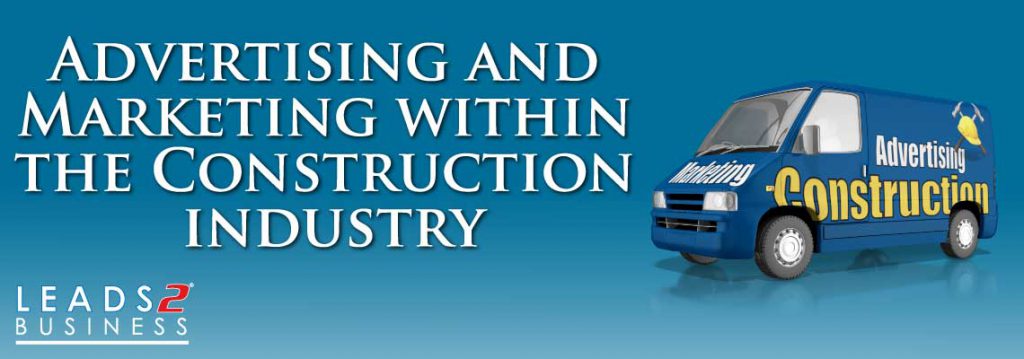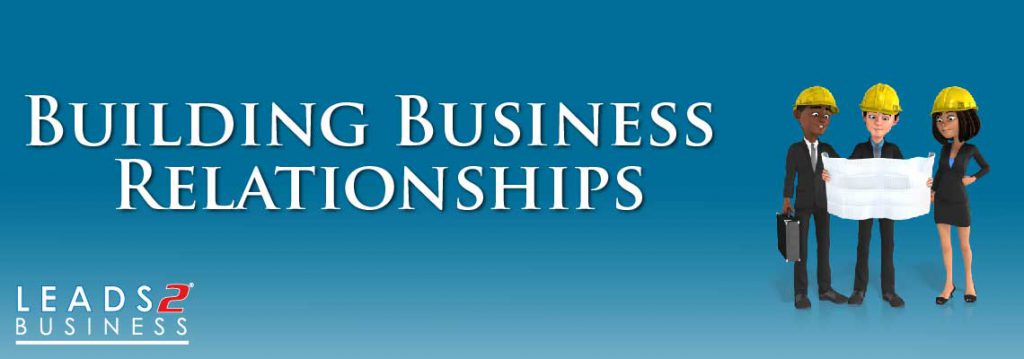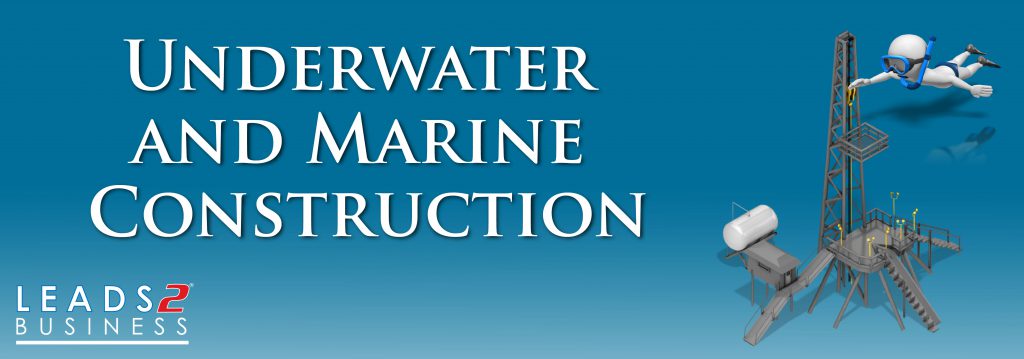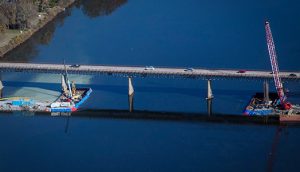Growth Strategies from an Expert

I can honestly say that this time around I don’t feel too nervous about writing my blog even though I needed a bit of a nudge from a friend to get started…
I feel a lot more confident than last time as I did not have to google “blogging for dummies” and “how to write a blog”. Yes, I really did do that previously…😉
My blog today is Growth Strategies from an Expert. Well I am no expert that’s for sure but we are going to be looking at tips from the actual experts.

Wouldn’t you agree that in order to successfully grow your business you need to ensure that you have a well-formulated growth strategy that fits the industry you have chosen? Both profitability and growth are equally important and necessary for a business to survive and remain operational. There is no set growth strategy, it is not a one size fits all kind of thing. Strategies that work for one business may not work for another business, but any business that commits to the process should see the benefits. It is imperative to take the time to prepare a growth strategy in order for business owners to successfully reap the benefits by recognising and seizing new opportunities ahead of the competition. Always remember that realistic strategies lead to positive results.
Let’s now look at 10 Growth Strategies from an Expert:

1. Nail your value proposition
Ensuring your business sustains long term growth you need to establish what it is that makes your services / products better than your competitors. What sets you apart from them?
2. Create measurable KPI’s
Firstly, let’s look at what KPI stands for and what is means: Key Performance Indicator – A KPI is a measurable value that demonstrates how effectively a business is achieving key business objectives. KPI’s are used to evaluate their success at reaching targets. Ok… got it? So now that we have an understanding of what a KPI is, let’s look at how we can create measurable KPI’s. Start by outlining your business objective and make sure you prioritise them in order for your tactics and strategies to be identified so that they are measurable and not impossible in order to reach success.
3. Verify your revenue streams (income)
Recognise your current revenue streams and identify which new ones could be created in order to increase your business profitability.
4. Identify your customer
Identifying and knowing your customer is key for any business endeavour. Successful business owners understand what their customers want and the most effective way of making their product or service available. As a business owner, it is crucial to take every advantage to outsmart your competitor, and understanding and building upon your customer knowledge and relationship will put you ahead of the game.
5. Understand their key requirements
Customers needs and requirements are very important in business. Understanding their needs and ensuring they are happy will retain your customer base.
6. Make the most of existing business data
Look into your company data on a regular basis in order to better understand your business as well as your customer types which will lead to improved business growth.
7. Define the best communication strategies
Approach your audience and establish what is the most effective communication strategy, but this needs defining in a carefully-considered content marketing strategy. Adjust your communications to something that best suits your customer base.
8. Personalise your approach to retain leads
Let’s be honest here, without new customers, your business growth will remain stagnant. If your current customers aren’t sticking around, you’re having to do a lot more work. Your leads are the key to your business growth. So personalise your approach, not every customer is the same and some require more work.
9. Re-evaluate your competition
Never ever take your eyes off of your competition. Find ways and means to be better, this will help with growing your business.
10. Focus on your strengths
Focus on what makes you better than the competition, what sets you apart from everyone else. Identifying ways to grow doesn’t necessarily involve targeting weaknesses, focusing on strengths can also help establish the best strategies going forward. Adapt your plan to smooth out any weakness.

“THERE IS ONLY ONE GROWTH STRATEGY: WORK HARD.” – William Hague
Sources:
https://www.constructionbusinessowner.com/topics/strategy/construction-company-management/developing-strategic-construction-business-plan
https://www.investopedia.com/ask/answers/020415/what-more-important-business-profitability-or-growth.asp
If you are interested in becoming one of our subscribers, please visit our website.
To view notes with screenshots on how to use our website, please visit our Wiki site.
To view more articles, please visit our blog.
About Nadia Milln
My journey at Leads 2 Business all started back in September 2014 as a content researcher in the Daily Tenders Africa Department. In March 2018 I was promoted to content researcher in the Private Project department. I am a fun loving, bubbly person and mom to a beautiful baby boy who is the absolute light of my life.






















 Construction equipment is a major investment, the machinery does not come cheap and neither is replacing it if the equipment breaks down.
Construction equipment is a major investment, the machinery does not come cheap and neither is replacing it if the equipment breaks down.











